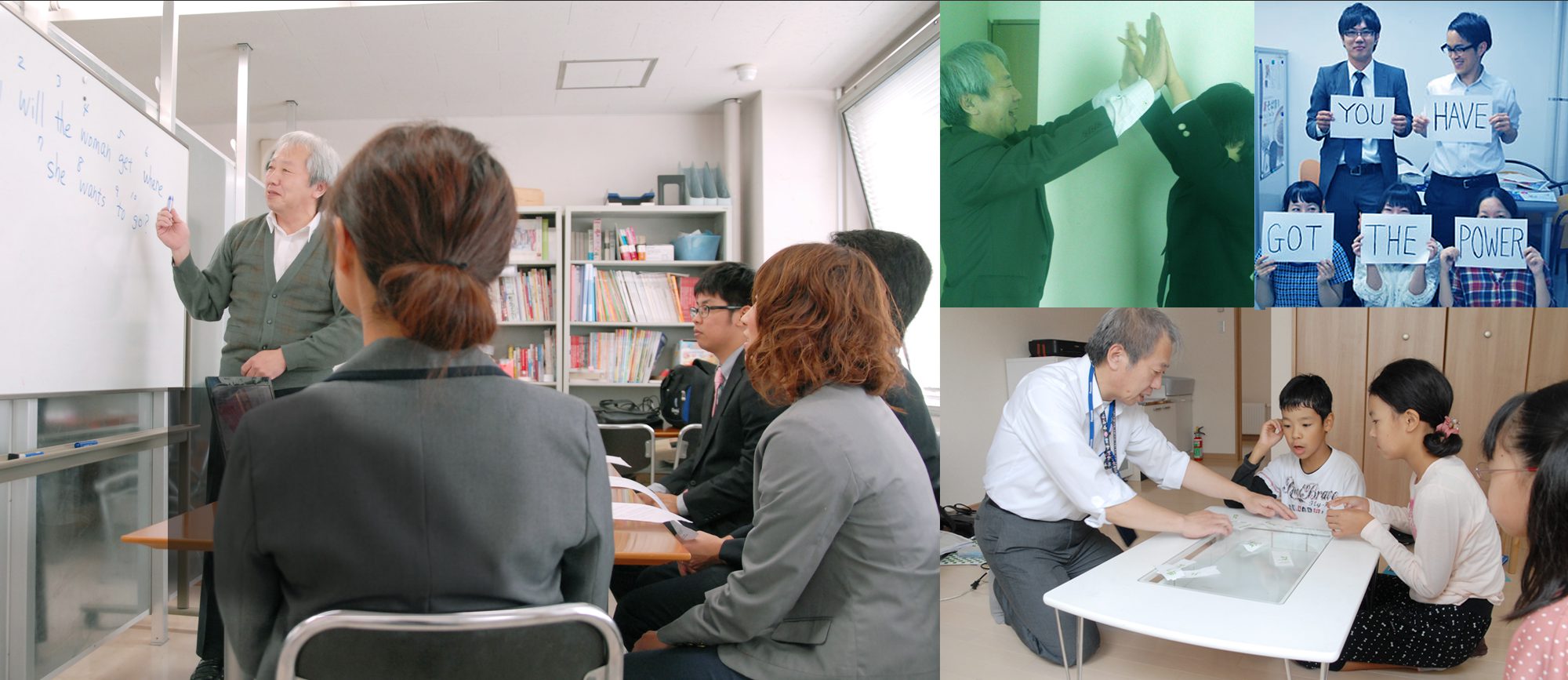BUCKINGHAM POSTという新聞にやっかいな研究結果がでたので紹介します。
The International Agency for Research on Cancer has classified the radiation emitted by cell phones to be “possibly carcinogenic”. (国際がん研究機関 IARC)が、携帯電話の発する電磁波を”発がん性があるかもしれない”分類に入れた。
This puts cell phones in the same category as lead, the pesticide DDT, and automobile exhaust.(これにより携帯電話は、鉛、DDT殺虫剤、自動車排気ガスと同じ分類にくみこまれることとなった。)
Governments around the world will be pressured to update the public on the dangers of using cell phones for too long. (世界中の政府は国民に対し長時間携帯使用の危険性を新たにしらせる圧力にさらされるだろう)
The IARC reports that making calls for more than half an hour a day over 10 years could increase the risk of developing gliomas – a type of tumor that starts in the brain or spine – by 40 per cent.(IARCの報告によると、一日に30分以上の携帯使用を10年以上続けた場合、脳や背骨にグリオマと呼ばれる腫瘍ができる可能性が40パーセント高まる。)
This is considered “limited” evidence, as further studies are needed to determine whether the gliomas are simply caused by chance.(だがこれは限定的な証拠と考えられており、グリオマの発生が偶然なのか否かについては更なる研究が必要とされる。)
There is no evidence that cell phone radiation causes other kinds of cancer.
(携帯の電磁波が他のがんを引き起こす証拠は出ていない)
Scientists have known that cell phones emit radiation, and that much of it is absorbed by the body.(電磁波が携帯から発生し、その大部分が体内に吸収されることを科学者たちは知っている。)
But until recently, cancer studies have been inconclusive because tumors can take decades to develop, and cell phones are a fairly recent technology.(だが、腫瘍が拡大するのには数十年かかるのに対し、携帯電話の技術はつい最近のものであるため、がんに関する研究は最近まで結論が出せないでいた。)
Although Christopher Wilde, director of IARC says that more research needs to be done, he says that “it is important to take pragmatic measures to reduce exposure such as hands-free devices or texting.”(IARC所長のクリストファーワイルド氏は、更なる研究が必要としながらも、ハンズフリーやメールなど、露出を減らす実際的な手段を講ずることが大切と述べている。)
